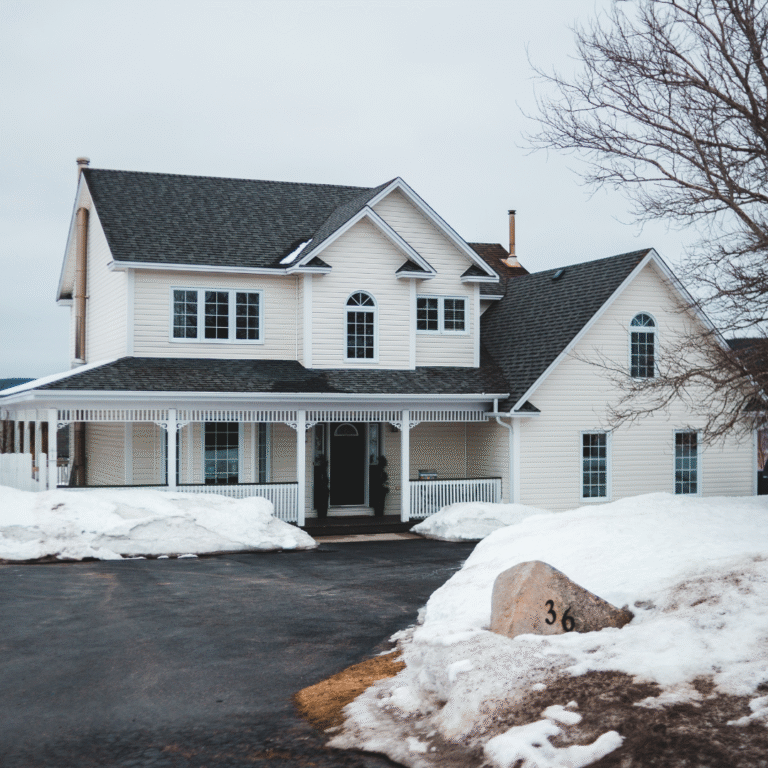A cold garage steals more than comfort—it slows projects, punishes batteries, and makes winter maintenance a chore. The right garage heater changes all of that, but the “right one” depends on how you use the space, what fuel you have, and the room’s geometry. Here’s how I walk homeowners through the decision so you end up warm, safe, and efficient without guesswork.
Compare Gas Unit Heaters vs. Infrared Radiant vs. Electric
I always start with how you use the garage. If you open the overhead door frequently or want the entire space warm fast, a gas unit heater (forced air) is a workhorse. It moves a lot of air, recovers heat quickly after the door cycles, and keeps the room uniformly comfortable for general use.
If you spend time at a bench or a single bay and hate cold floors, infrared/radiant tube heaters are tough to beat. They warm objects and people first—tools, work surfaces, the concrete slab—so you feel heat even when the air temperature hasn’t fully climbed. Radiant also holds comfort better when doors open and close because the heat lives in the mass, not just the air.
When a gas line isn’t available (or you’re dealing with a small outbuilding), electric garage heaters—hardwired or heavy-duty plug-in—can be a practical solution. They’re simple to install and maintain, but be aware that long-term operating costs are typically higher than gas or propane. I’ll weigh fuel prices, usage hours, and your comfort goals to help you choose.
Which Heater Suits Attached vs. Detached Garages
For an attached garage, I strongly prefer sealed-combustion, direct-vent appliances. They draw combustion air from outside and exhaust outdoors, which protects indoor air quality and reduces the risk of backdrafting fumes into the home. This setup is non-negotiable for safety and comfort.
In a detached garage or shop, you have more flexibility, but venting and fresh-air supply still matter. A properly vented gas unit or a radiant tube with correct clearances will run safer, quieter, and longer. Electric units simplify venting entirely, though you may need a dedicated circuit and proper breaker sizing to keep things code-clean.
Clearance, Venting, and Ceiling Height Considerations
Clearances and layout are where installs succeed or fail. Radiant tubes need adequate mounting height and side clearances so they don’t “hot-spot” vehicle hoods, lifts, or storage. I lay them out to bathe work areas and the slab without cooking anything above. Gas unit heaters need safe distances from shelving, parked vehicles, and overhead storage, plus a discharge path that throws heat to where you stand—not into the back of a cabinet.
Venting matters as much as the heater: short, straight direct-vent runs draft better and stay cleaner; terminations must clear doors, windows, and soffits to pass inspection and prevent recirculating exhaust. Even electric heaters deserve a quick layout check so airflow isn’t blocked and cords or conduits stay out of harm’s way.
From there, I fine-tune to your goals. Want the fastest warm-up after opening the door? I’ll lean toward a properly sized gas unit heater with a smart thermostat and a gentle destratification fan to push ceiling heat back down. Prefer silent, dust-free warmth at the bench? I’ll map an infrared tube heater to the work zone and set a schedule for frost protection when you’re away. No gas and a small single-bay? A hardwired electric unit on a dedicated circuit can be a tidy, code-compliant answer. Whichever route you choose, I confirm clearances, venting details (if applicable), and mounting hardware before we order—so installation day is smooth and you’re warm on the first flip of the thermostat.




